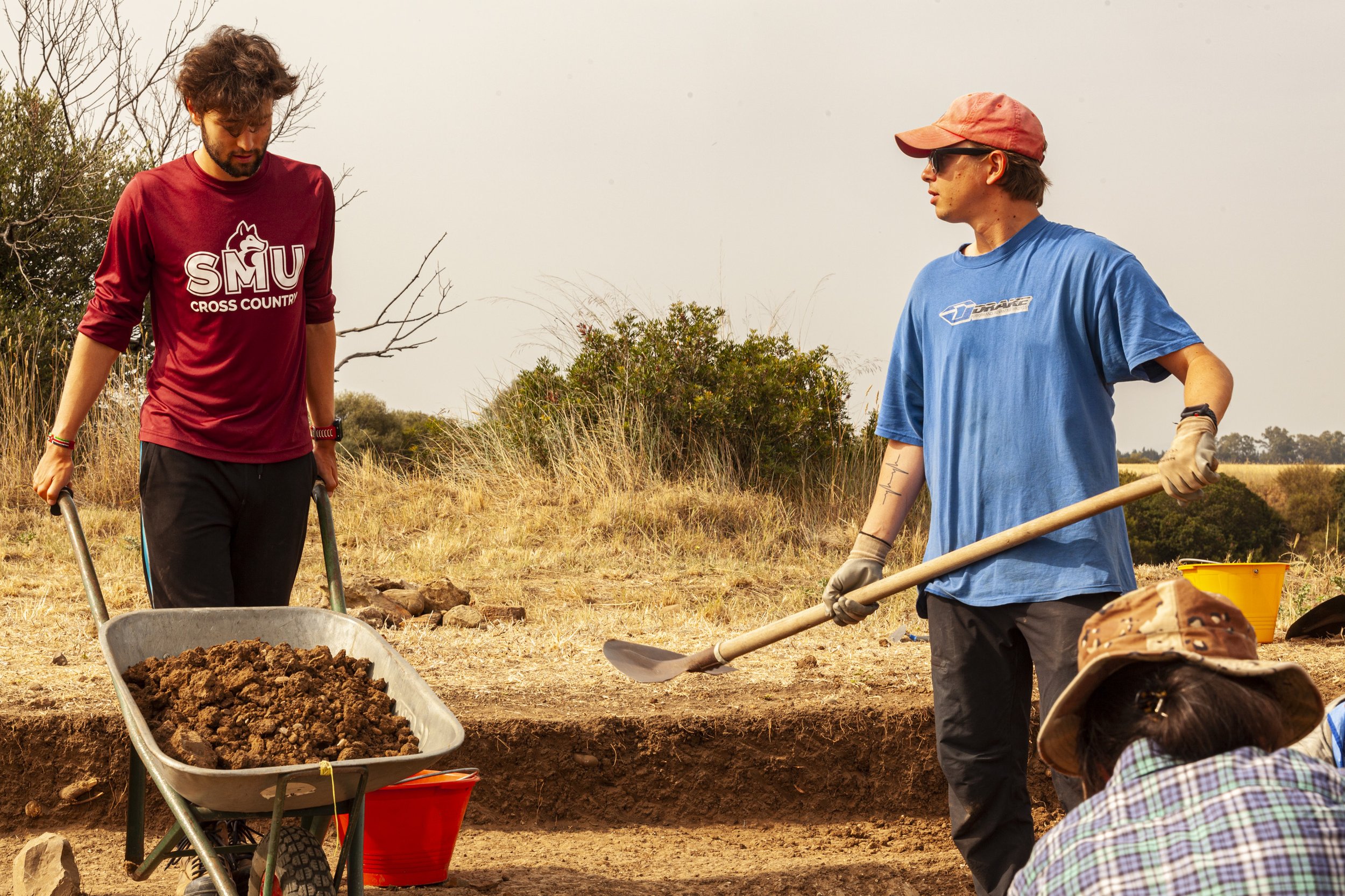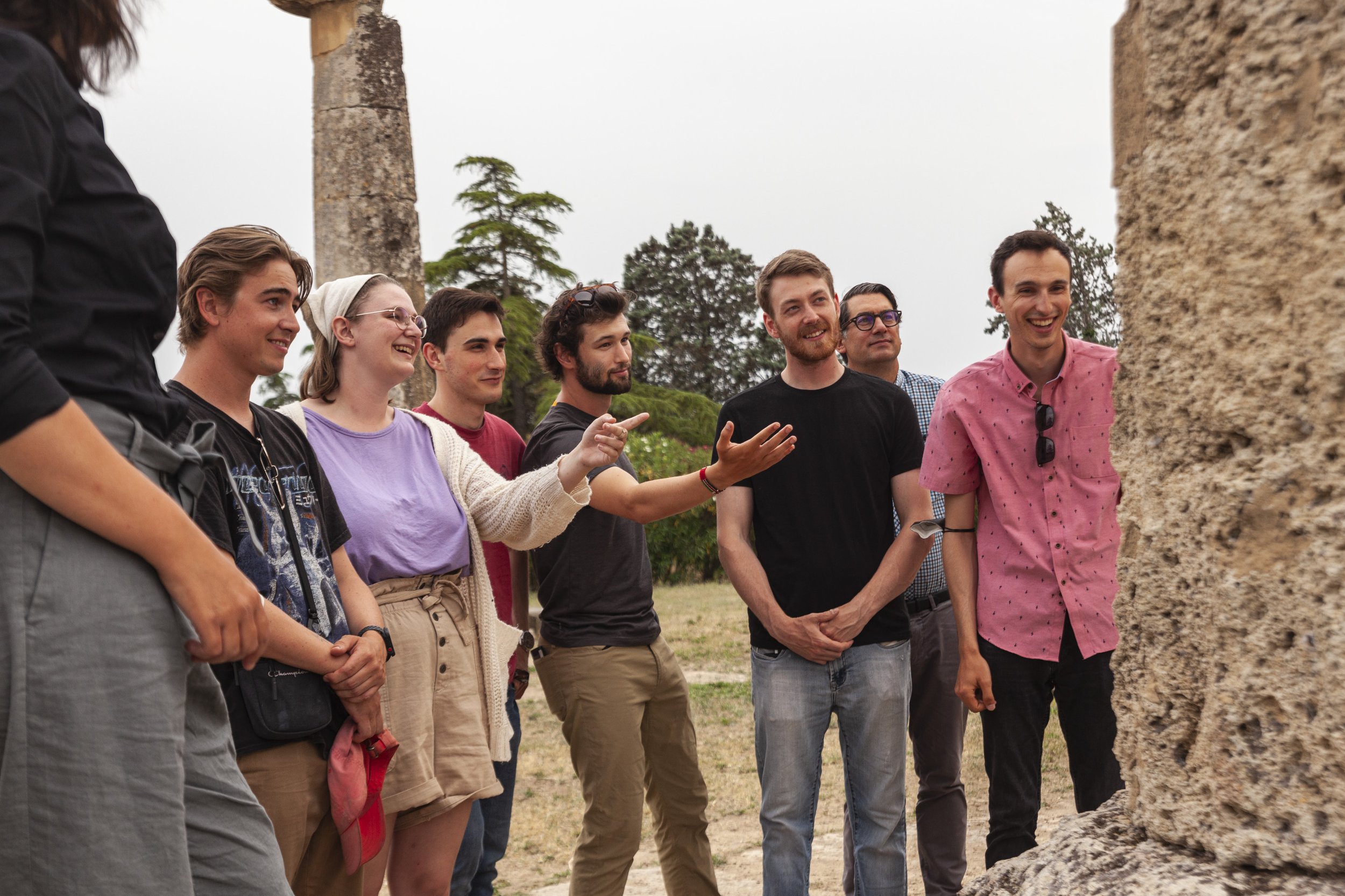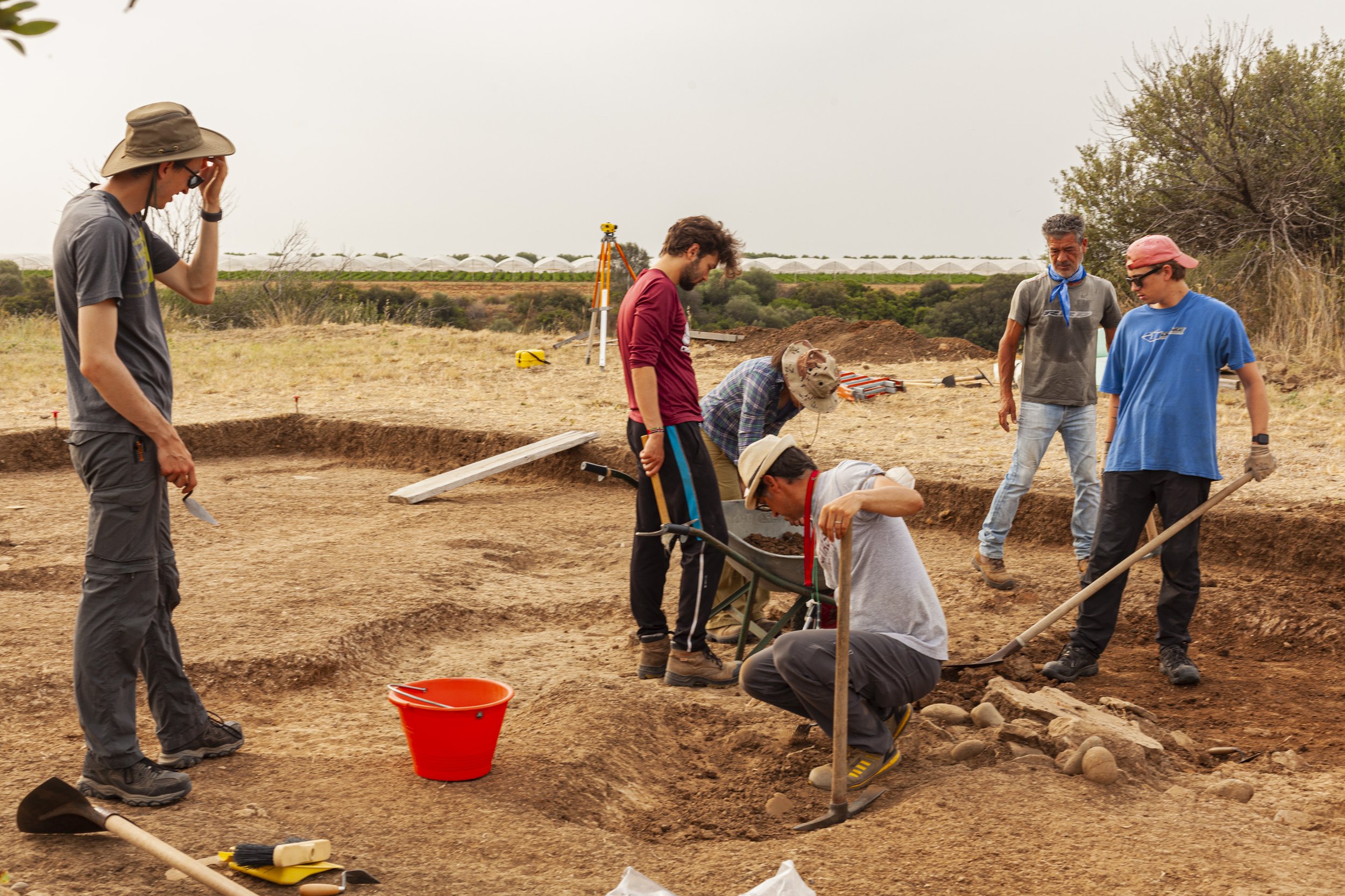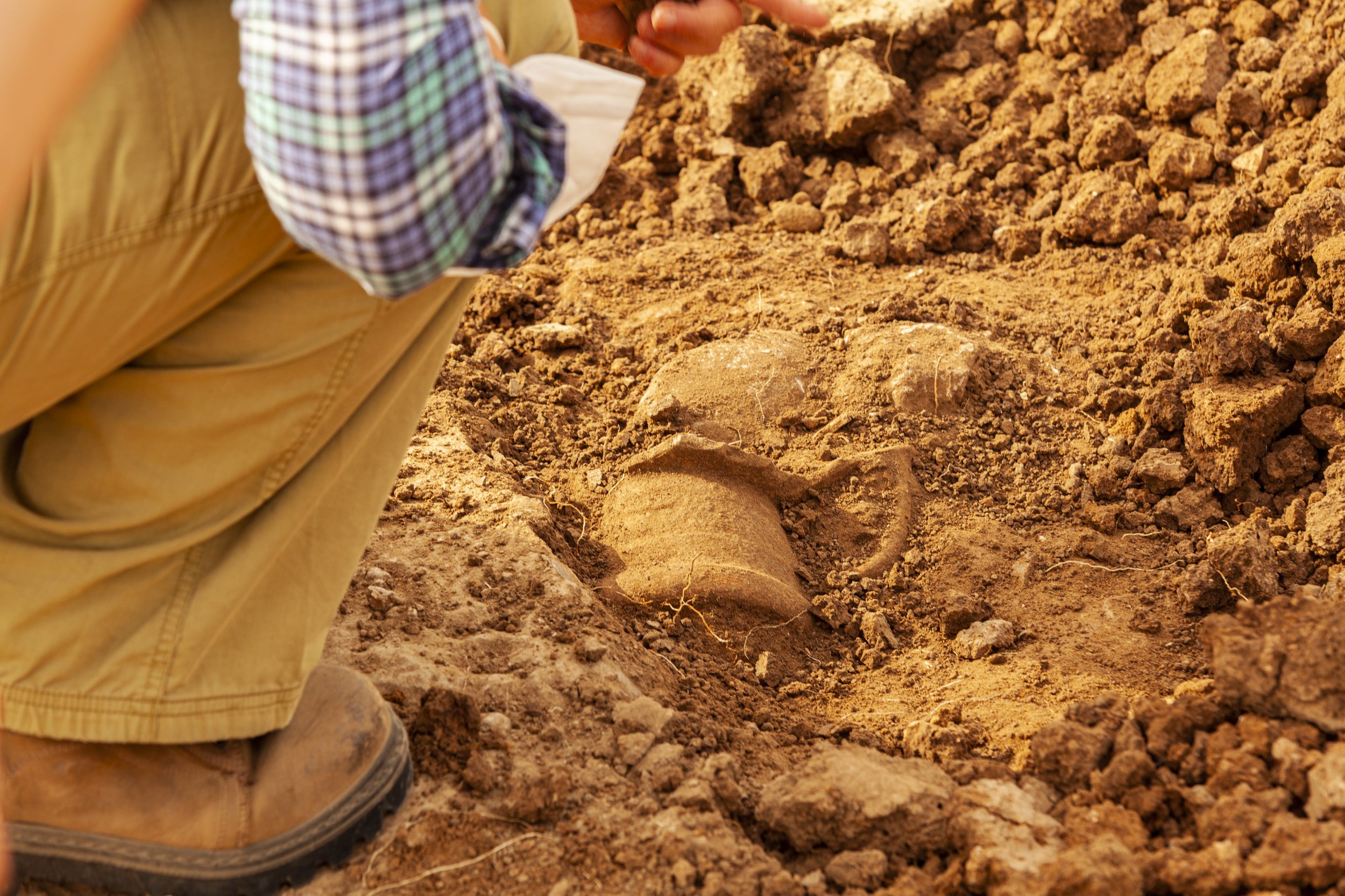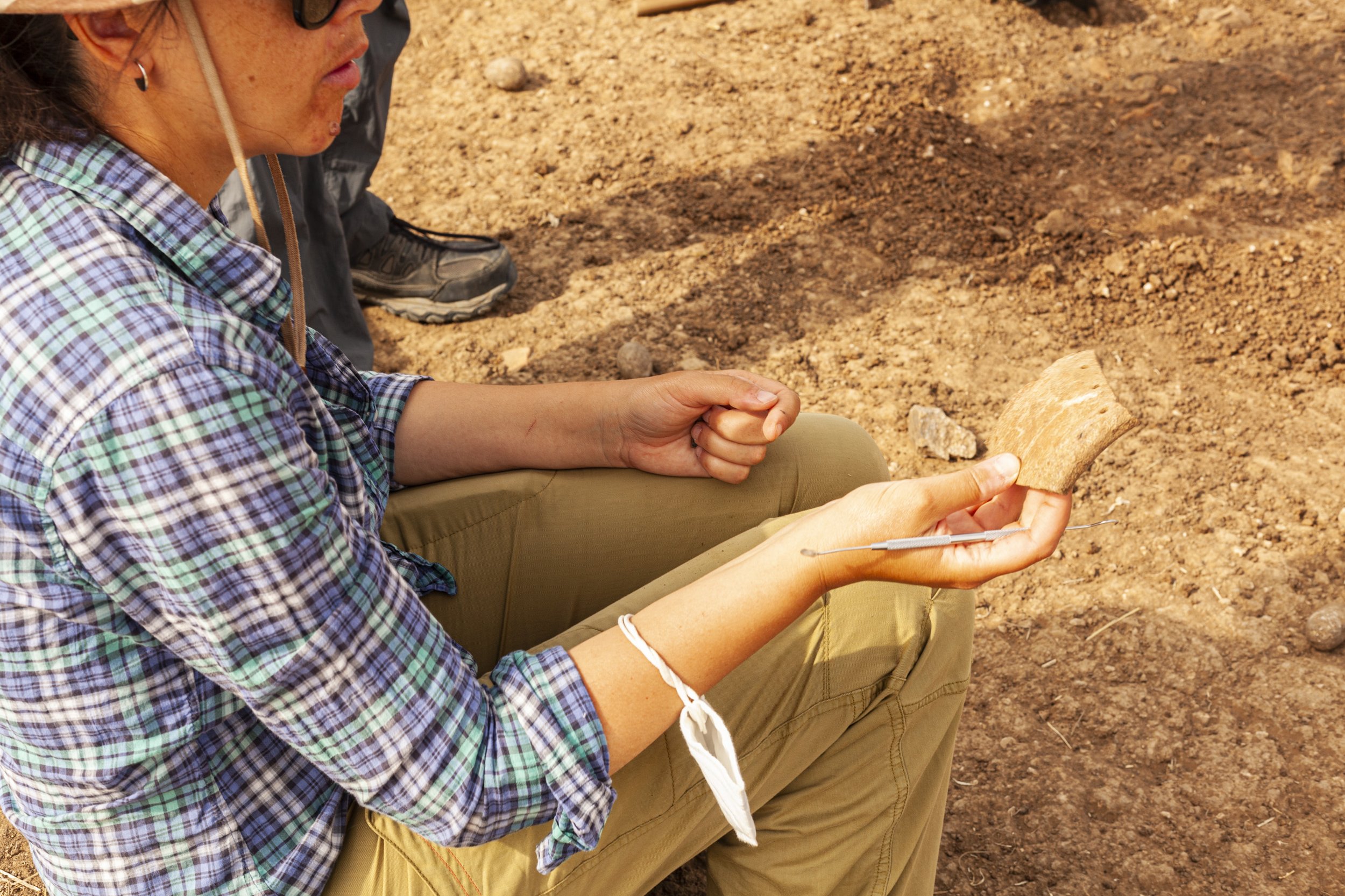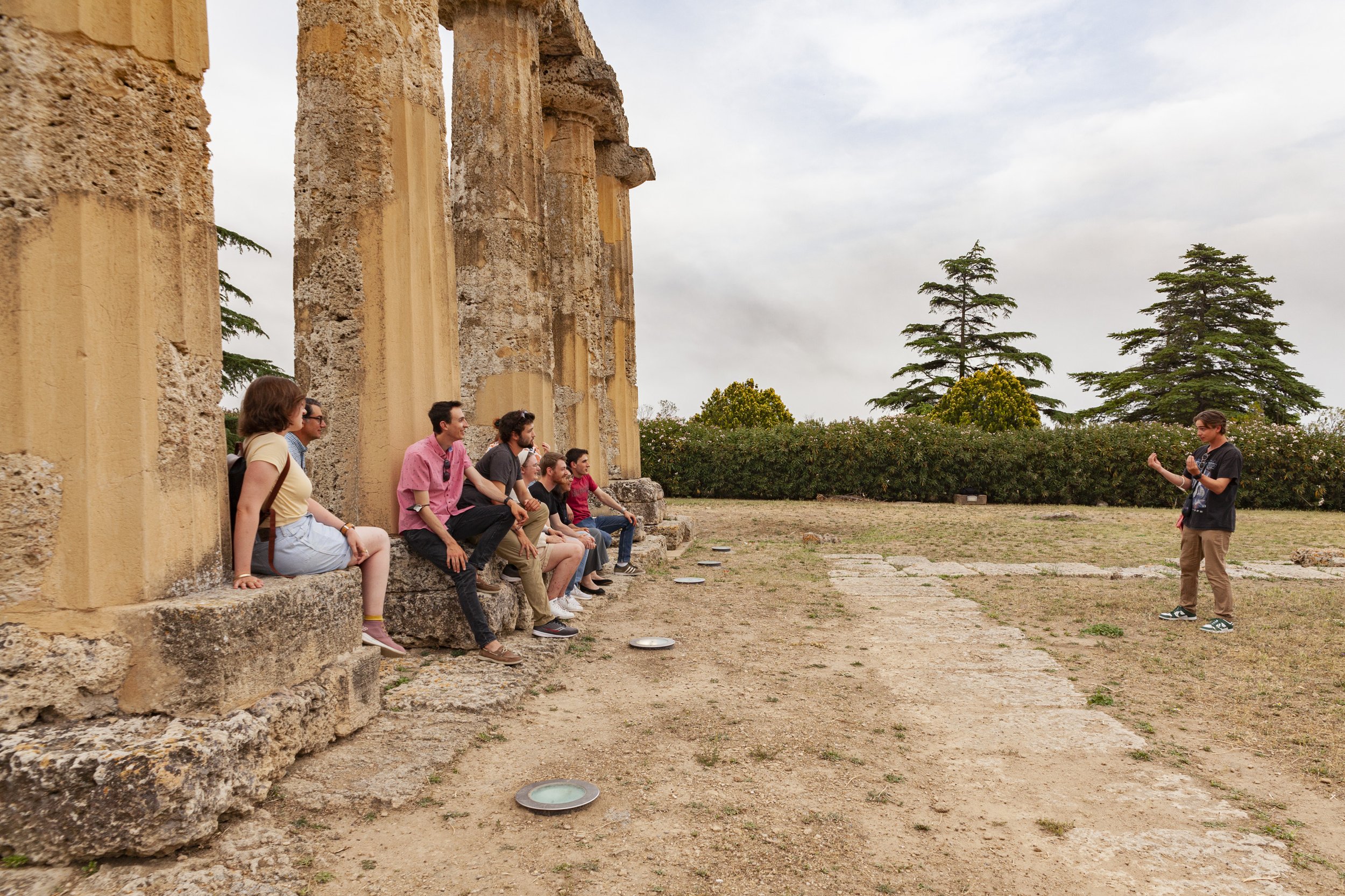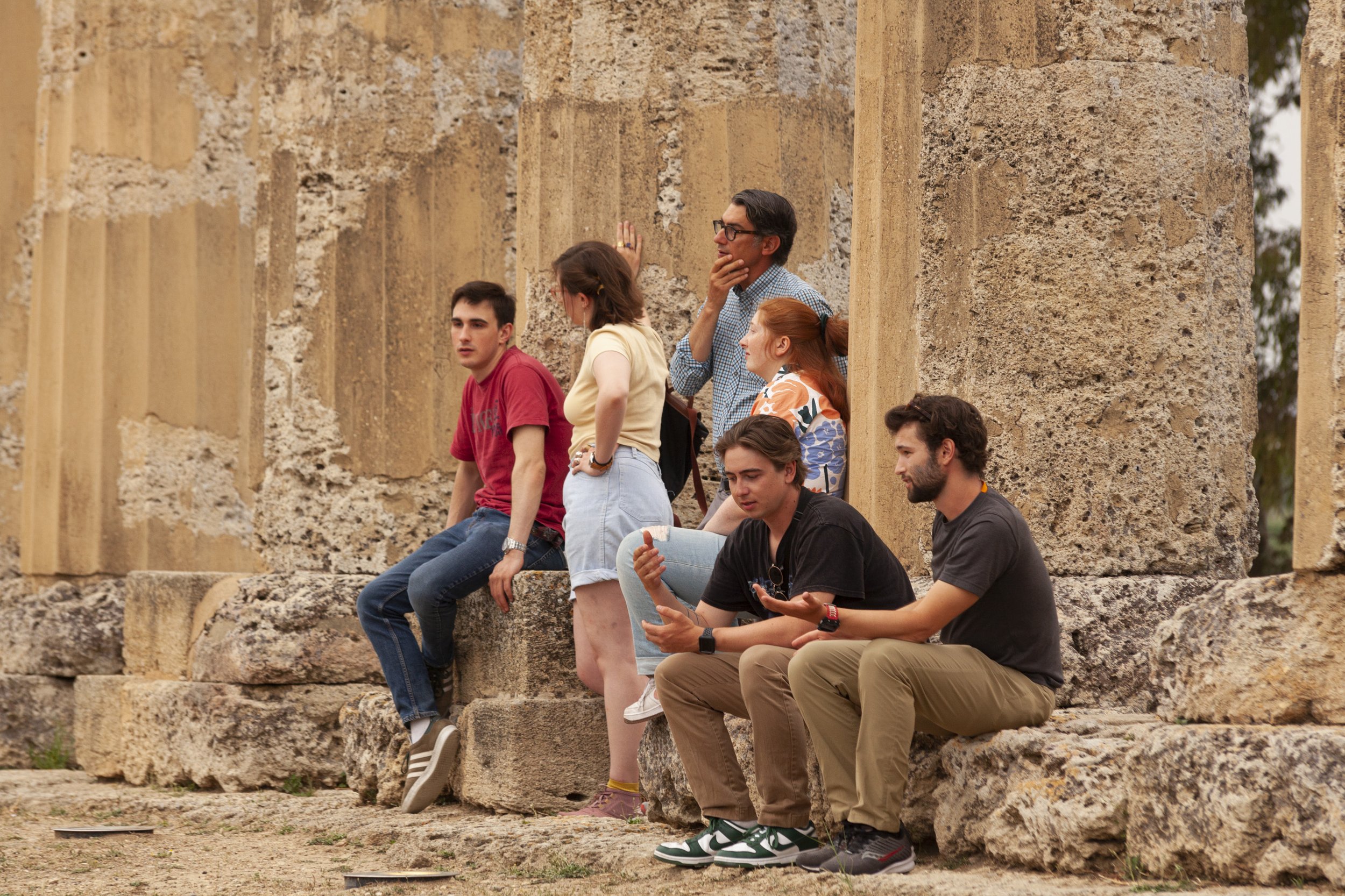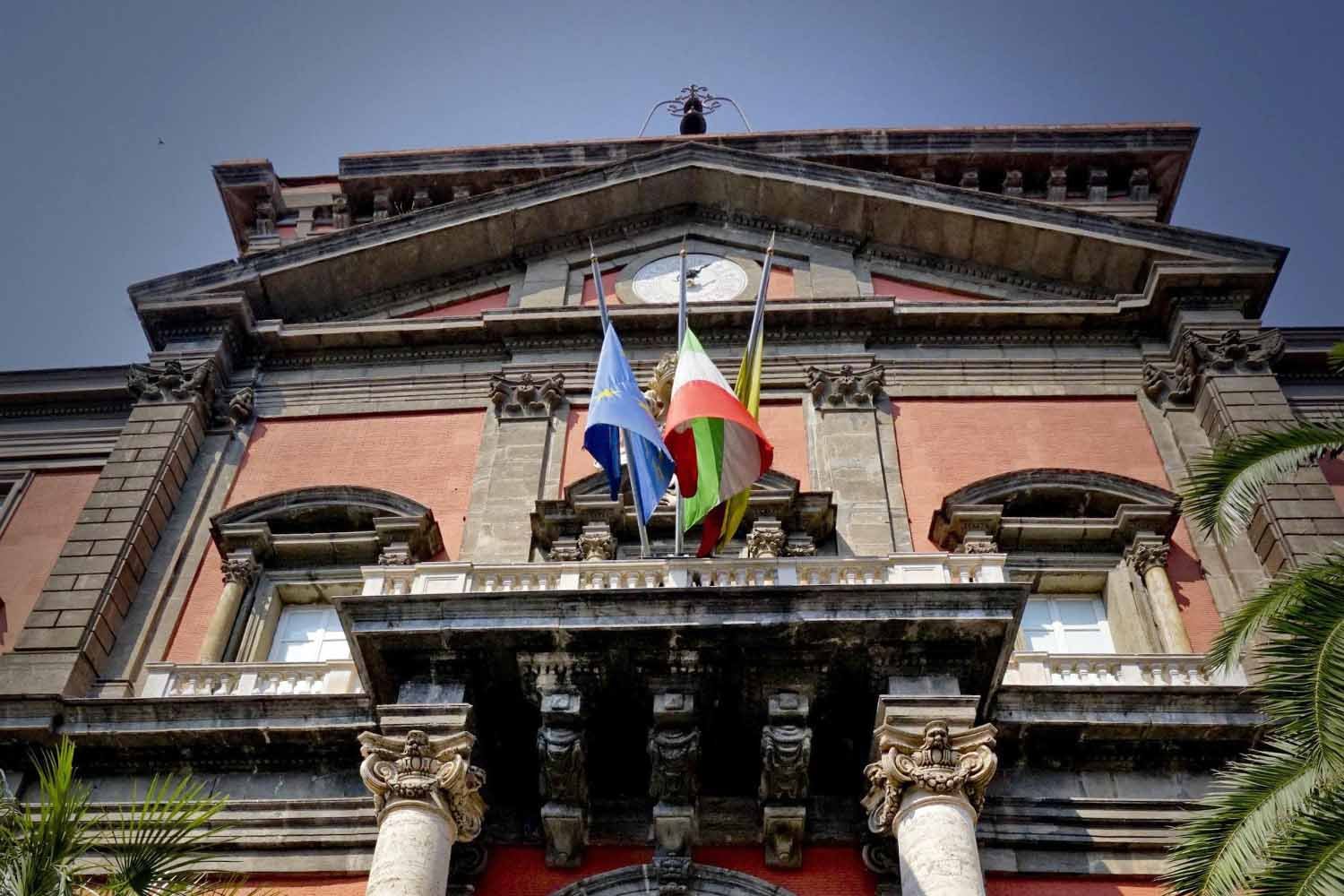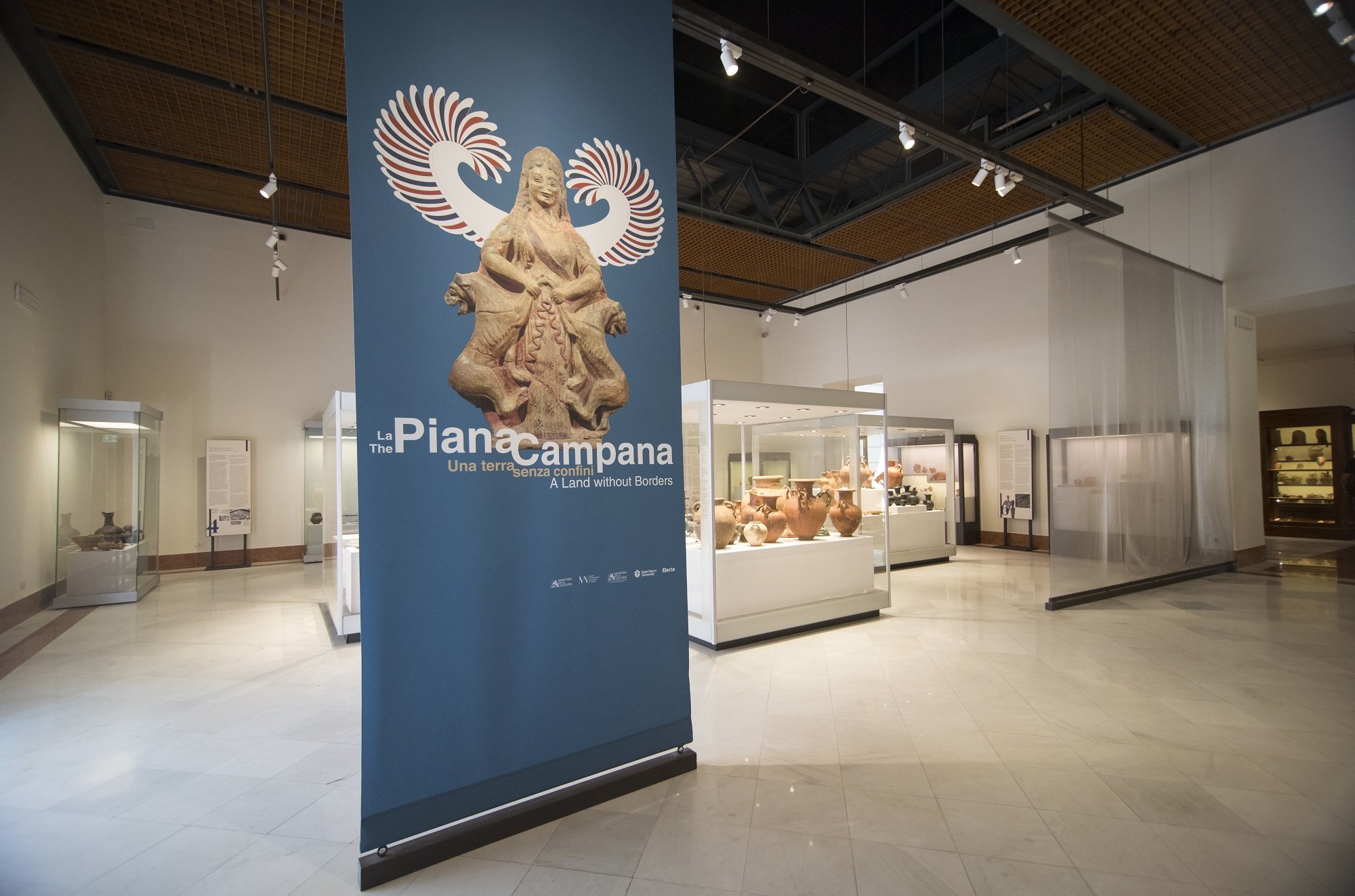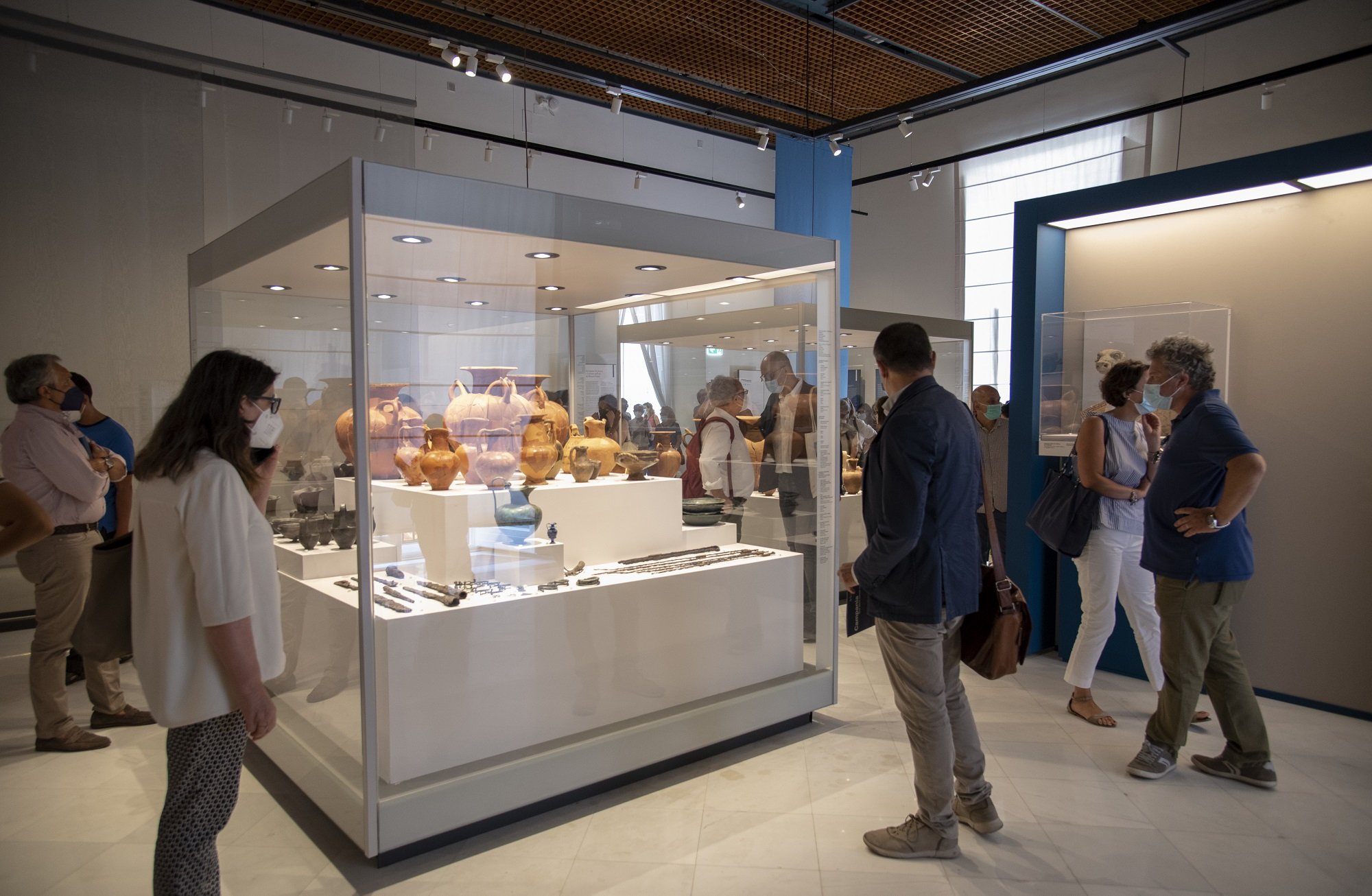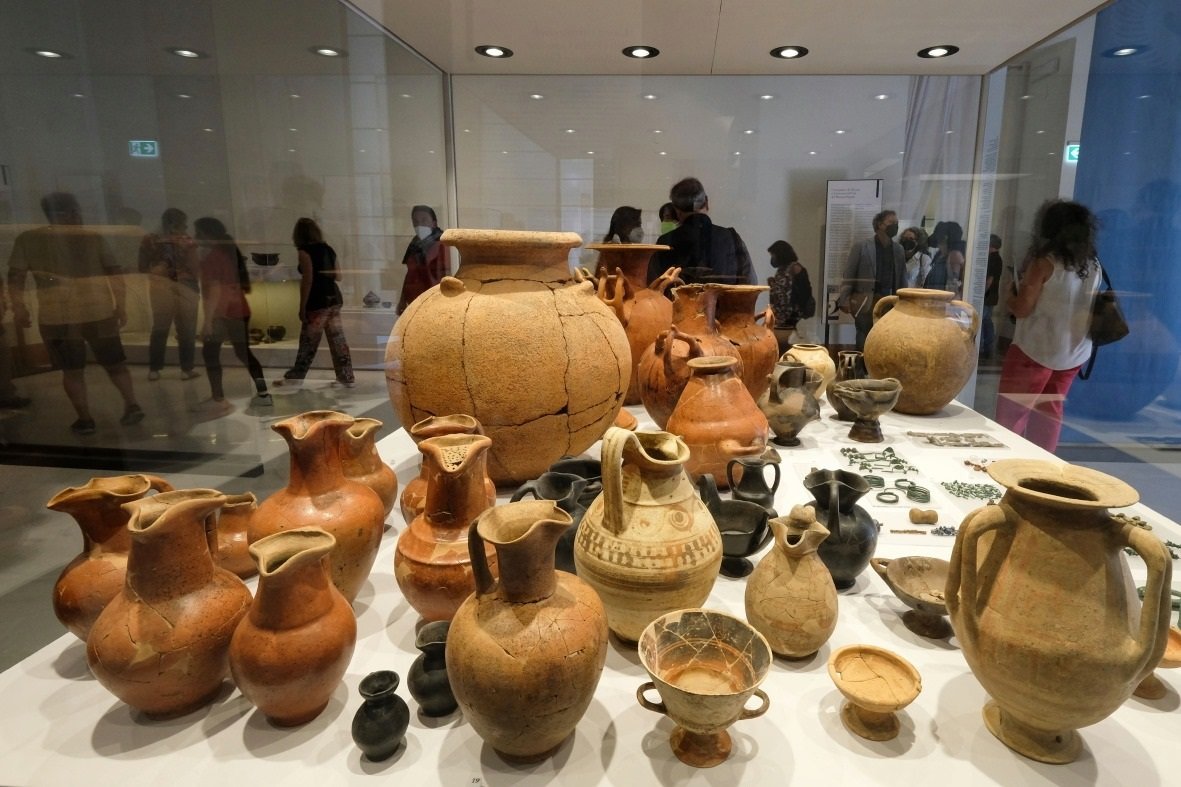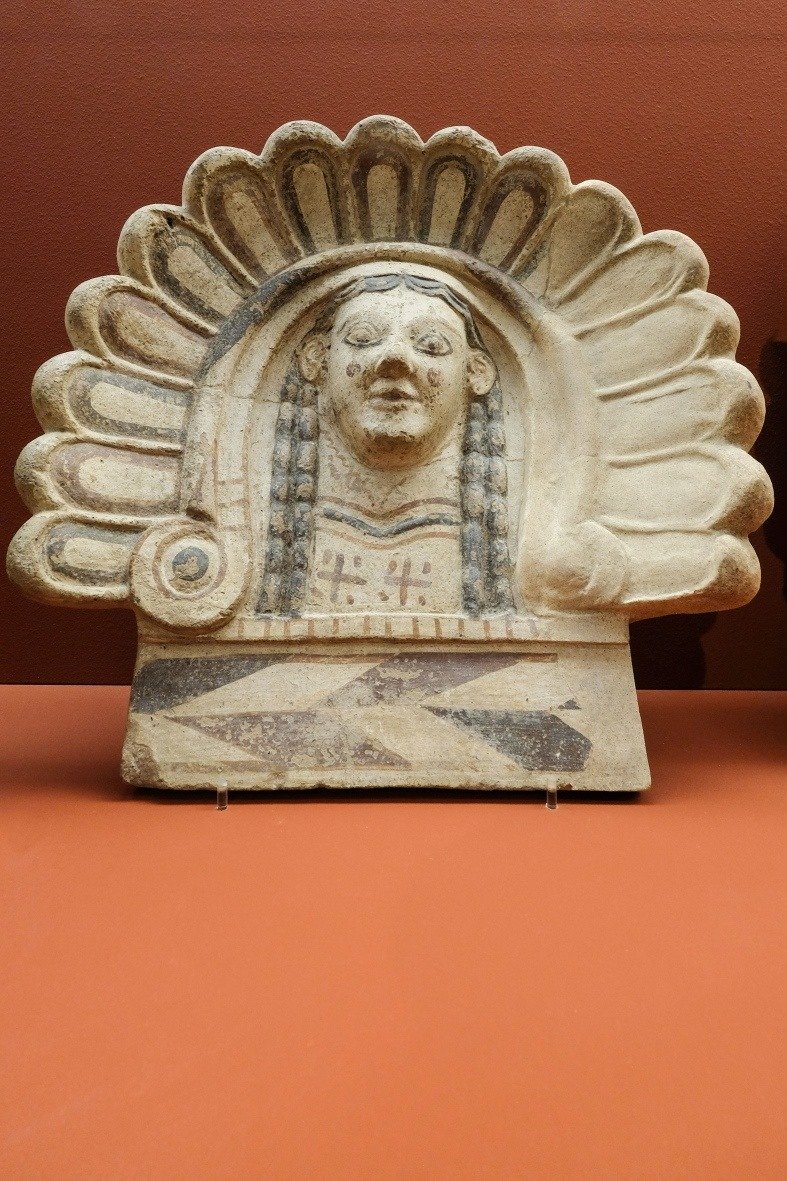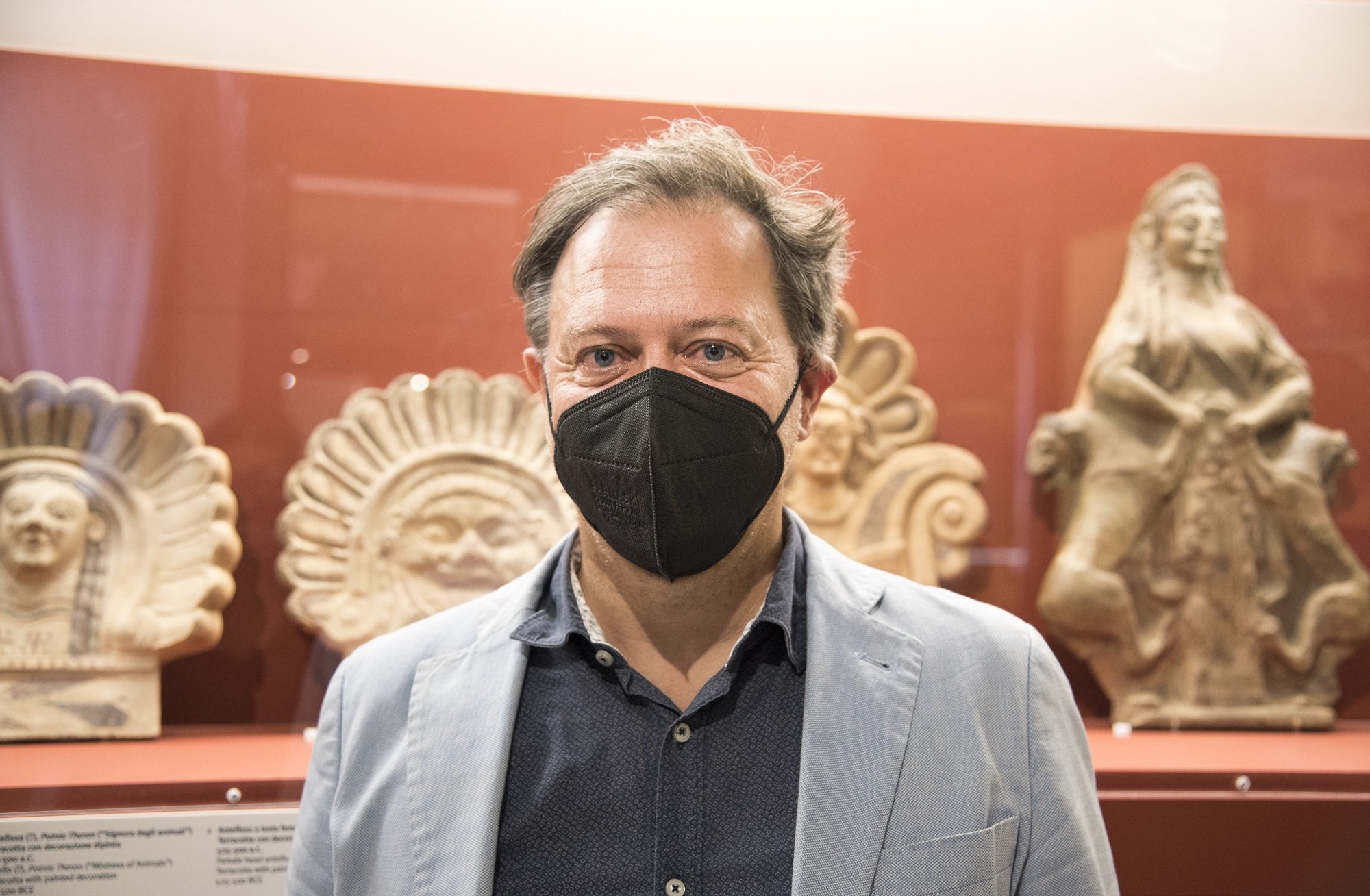A collaboration between Dr. Clarissa Sit’s chemistry lab and L’Acadie Vineyards is marrying Nova Scotia’s history of winemaking with modern chemistry. The research is exploring the effects micro-organisms have on the flavours of grapes in Nova Scotia’s vineyards. L’Acadie Vineyards owner Bruce Ewert was excited to partner with Dr. Sit to determine what unique fungi and bacteria contribute to the flavour profiles of wines produced at his award-winning, Annapolis Valley vineyard.
“This project came about because of one of the students in my research lab,” says Sit. “After attending a research seminar, we started looking at the micro-organisms in the soil and on the surface of grapes in Nova Scotia vineyards.”
Sit’s research presented an opportunity for L’Acadie Vineyards. The first certified organic vineyard in the province and the first biocyclic vegan winery in North America, the family-owned business specializes in an array of organic natural wines.
While conventional wines are frequently treated with sulfites to kill microbes, natural wines rely on native yeast from the fermentation process to do so. Microbes in the soil are splashed onto the grapes during irrigation and rain events.
“The mixture of micro-organisms on the surface of the grapes adds flavour to the wine,” says Sit. “That’s what we’re curious about, and vineyard owners are equally curious. We want to see if there are differences in the year-to-year vintages depending on how microbes affect their flavour profiles.”
"Dr. Sit has been so supportive and encouraging. I never thought I would study wine yeasts and the complexities of natural winemaking. I love telling people I am getting a PhD in wine," says graduate student Lauren Grant, pictured above (far right).
In her research, Sit has compared soil samples from L’Acadie Vineyards with those from conventional vineyards to determine the difference between micro-organisms in the soil. These samples were brought back to the lab to isolate some of the strains for in-lab fermentation.
“We’re adding some of those strains into sterile grape juice to see what chemical profiles they’re producing. We can analyze the strains we’ve been able to isolate to see what flavours each of the microbes are producing and create interesting new combinations.”
While research is expected to continue for another three years, the project has the potential to grow depending on its findings, says Sit.
“The focus will now be on the profiling and figuring out what aromatic compounds these microbes are producing and how vineyards can use them to create flavour while benefitting the environment.”










